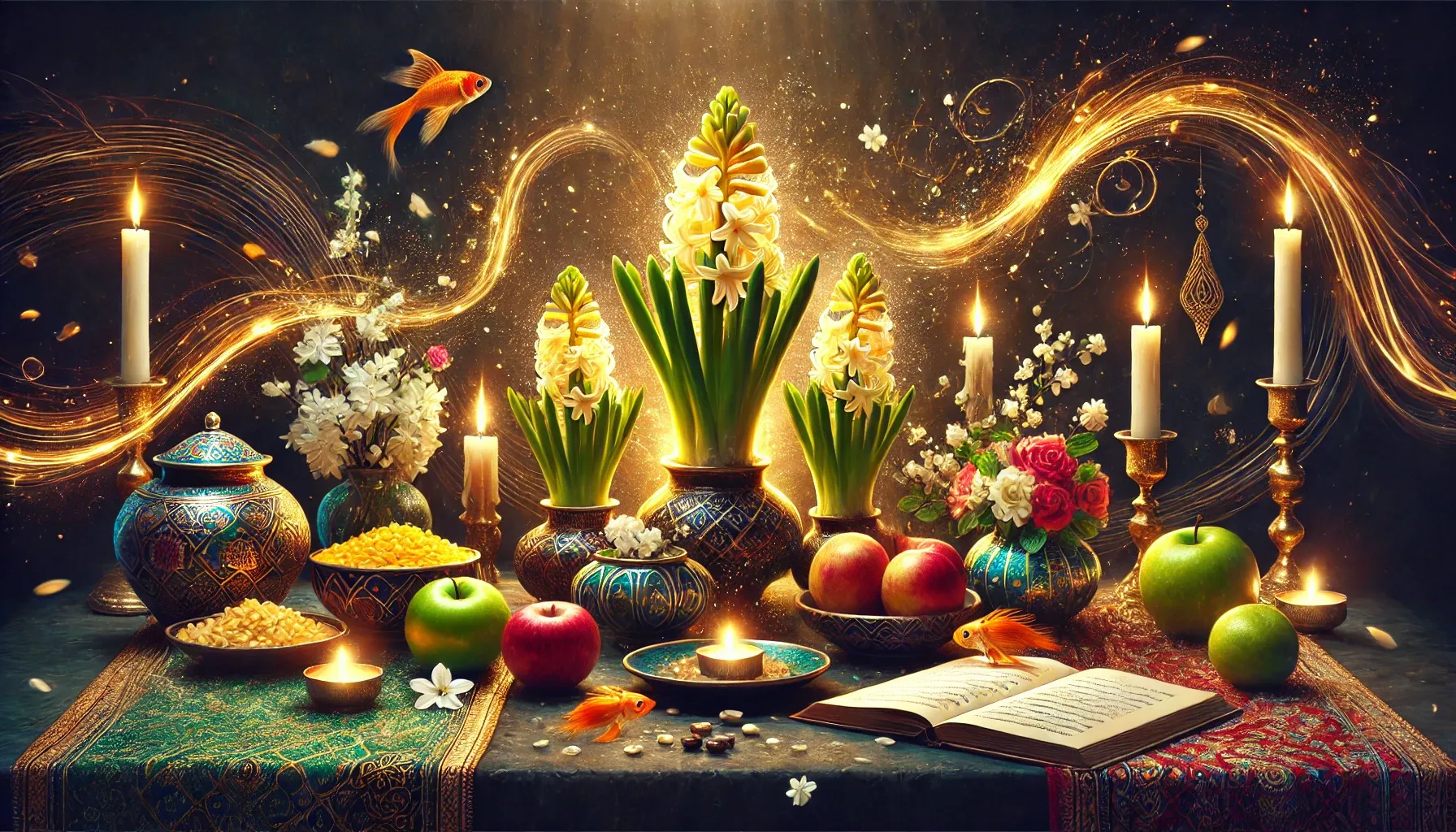UPSC
The Hindu Briefs
Nowruz 2025: Spring’s Global Celebration
Last Updated
24th March, 2025
Date Published
24th March, 2025
Share This Post With Someone

Context:
This analysis captures the worldwide celebration of Nowruz, the Persian New Year, on March 20-21, 2025, marking the vernal equinox and spring’s arrival. The piece highlights diverse festivities, India’s cultural ties, and UNESCO’s recognition, offering insights into global traditions and India’s historical connections as of March 24, 2025.
- Nowruz 2025: Celebrated on March 20-21, 2025, Nowruz marks the Persian New Year and spring equinox, observed by 300 million people across Asia, Europe, and beyond.
- Global Festivities: In Iran, families gathered around Haft-Sin tables; in Azerbaijan, Baku hosted street events; in Kazakhstan, Almaty saw traditional feasts with nauryz kozhe soup.
- UNESCO Recognition: Inscribed by UNESCO as Intangible Cultural Heritage, Nowruz is recognized by the UN as the International Day of Nowruz since March 21 reflects renewal and harmony.
- U.S. Participation: President Donald Trump issued a Nowruz message on March 20, 2025, acknowledging Persian communities, a diplomatic nod amid U.S.-Iran tensions.
- Historical Indian Context: Introduced in India by Delhi Sultan Ghiyasuddin Balban (13th century), Nowruz celebrations flourished under Mughal emperors, notably Akbar, who embraced its cultural richness.
- Mughal Ruler - Aurangzeb: Mughal Emperor Aurangzeb banned Nowruz in 1659, deeming it un-Islamic under Sharia, contrasting with earlier Mughal patronage of the festival.
- Indian Celebrations: In 2025, India’s Parsi and Kashmiri Pandit communities marked Nowruz with prayers, feasts (e.g., herbed rice, falooda), and spring cleaning, reflecting Persian roots.
- Symbolism: Nowruz signifies renewal, with rituals like jumping over fires (Iran) and planting saplings (Tajikistan), symbolizing purification and growth.
Key Terms:
- Nowruz: Persian New Year celebrated on the spring equinox, symbolizing renewal.
- Vernal Equinox: Astronomical event on March 20-21 when day and night are equal, marking spring.
- Haft-Sin: Traditional Iranian Nowruz table with seven symbolic items (e.g., apples, garlic).
- UNESCO Heritage: Nowruz’s status as an Intangible Cultural Heritage since 2009.
- Ghiyasuddin Balban: 13th-century Delhi Sultan who introduced Nowruz to India.
- Aurangzeb: Mughal Emperor who banned Nowruz in 1659 for religious reasons.
- Parsi Community: Zoroastrian group in India celebrating Nowruz with traditional rituals.
Link To The Original Article – https://www.thehindu.com/news/international/news-in-frames-basking-under-the-spring-sun/article69364329.ece